Diving into the realm of interior design, we find two distinctive styles that have repeatedly made their mark over the decades: Retro and Scandinavian. By exploring and blending these styles, one can create a living room that is both cozy and stylish, filled with character and functionality. The Retro design, characterized by its bold colors, quirky patterns, and dynamic textures, nicely counteracts the minimalist, clean lines of Scandinavian design. This intriguing combination calls for a deep understanding of both styles in order to be executed seamlessly. Therefore, embarking on this design endeavor requires careful selection of furniture as well as thoughtful incorporation of accessories, to perfectly encapsulate that highly sought-after blend of Retro and Scandi aesthetics in your living room setting.
Understanding Retro and Scandinavian Styles
Retro Design Characteristics
Retro interior design is a style that borrows from the past. It can be characterized by a variety of elements such as vibrant color schemes, bold textures and patterns, and unique decorative elements. Retro design often incorporates elements from several different periods, typically from the mid-20th century including the 1950s, 60s, and 70s. The furniture in retro designs is often made from wood and features curved lines and shapes, bright, attention-grabbing upholstery, and gilded metal accents. Also, known for eccentric accessories like lava lamps, pop art prints, or shag rugs, Retro style is not afraid to make bold statements.
Scandinavian Design Characteristics
Then there’s Scandinavian interior design – a style celebrated for its simplicity, functionality, and beauty. A stark contrast to Retro design, the Scandi design style is known for its usage of natural materials like wood, leather, and hemp. The color palette is often muted, filled with whites, grays, blacks, and browns. Less is more when it comes to Scandinavian design, the room doesn’t get heavy with furniture, only essentials are used. Timeless beauty is evident in Scandinavia through its modern furniture designs, clean lines, light-filled rooms, and the emphasis on nature revealed through various interior plants.
Creating a Dynamic Retro Meets Scandi Living Room
Say goodbye to dull spaces by merging two dynamic yet serene styles – Retro and Scandinavian, into your living room. The art here lies in harmonizing these distinct styles and bringing out a Funky Scandinavian Living Room that’s full of character.
Begin with the color palette. You might think Retro and Scandinavian designs are worlds apart in color usage, but the magic happens when you blend them. Adopt a Scandinavian base of subdued shades, and breathe life into the room with bold retro hues, such as a vibrant retro chair or a dazzling pop art piece.
Furniture selection is the next big step. Opt for minimalist Scandinavian furnishings—typically lined clean and carved from wood—then amp them up with retro patterns or striking colors. Imagine a 60s-inspired curved sofa set beside an unadorned, Nordic coffee table.
Lighting is crucial in both styles. While Scandinavian interiors bask in abundant natural light, Retro rooms enjoy a more eclectic lighting scheme. Combine these by using vintage-style lamps or unique light fixtures, paired with expansive Scandinavian-style windows cloaked in light, transparent drapes.
Add the finishing touches with a collection of retro and Scandi decor. Juxtapose retro art prints against clean Scandinavian walls and balance minimalism and funk by mixing in retro trinkets. Consider vibrant flowers in a retro glossy ceramic vase or even a cheeky lava lamp set by the window sill.
Achieving the perfect Retro-Scandi blend requires balance. The occasional bold retro element can add a playful flair to the tranquillity of a Scandinavian space, resulting in a visually harmonious and compelling living room.
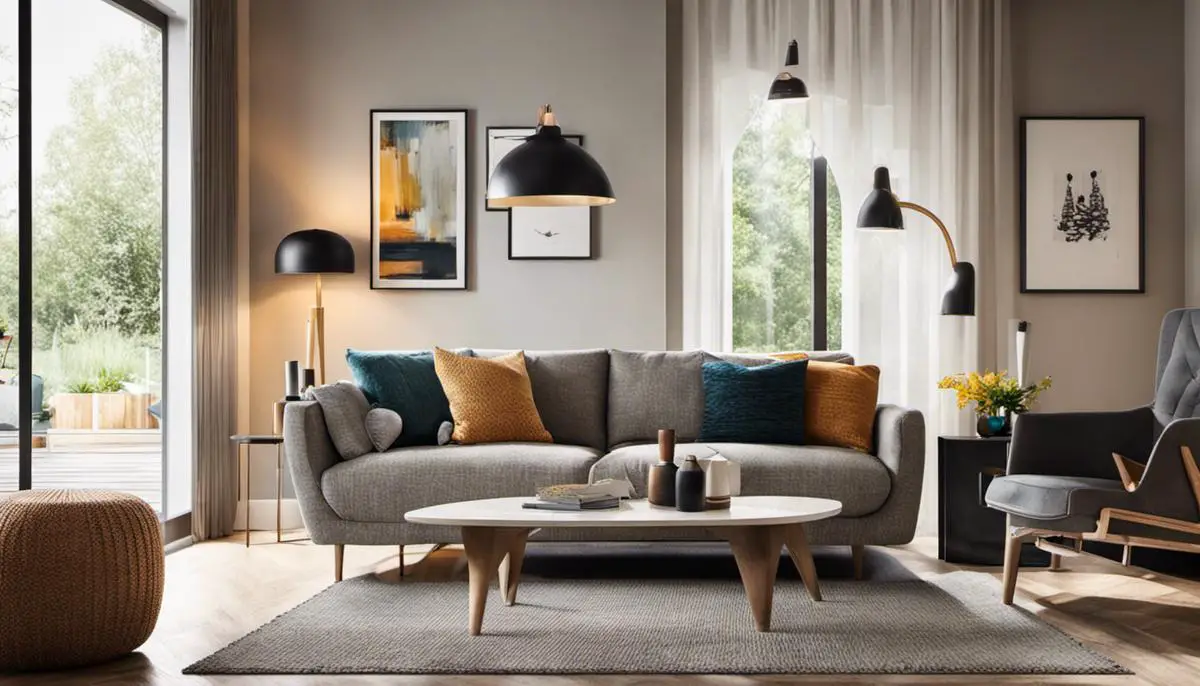
Combining Retro and Scandinavian Designs
Laying the Foundations with Scandi Design
The roots of the Scandinavian design style trace back to the 1950s, originating from the Nordic regions—Denmark, Norway, Sweden, Iceland, and Finland—it embraces simplicity and functionality, defined by minimalism and the use of natural materials. The layout of a typical Scandinavian living room is logical and uncluttered, basking in the palette of pastel hues, enhanced by natural light, adorned with simple furniture and designs. Signature Scandinavian features include hardwood floors, fresh lines, and organic forms.
What is Retro Style?
The term “retro” is used to describe design styles of the recent past. Retro interiors are characterized by bold colors, spatial creativity, and funky patterns. This style usually brings a playful and carefree vibe, with its audacious concept and bright colors. Retro incorporates elements from the 50s, 60s, 70s, and even 80s. These elements can include vintage or reproduction furniture, kitschy motifs, and bold use of color.
Finding the Balance
Merging retro and Scandinavian styles for a vibrant and minimalist living room can be challenging. The key to striking a balance between the two is in the choice of furniture and colors. Items should be functional and pared-down, staying true to the Scandinavian style, but with the inclusion of bold colors and vintage items for that retro vibe.
Choosing Your Colors
For a Scandinavian living room with a retro twist, stick with neutral and light colors as a base. This might mean white walls, pale wood floors, and sheer curtains for maximum natural light. To add the retro feel, introduce bold splashes of color through furniture, rugs, or accessories, targeting mainly mid-century modern colors such as orange, yellow, teal, or brown. These accent colors prevent the room from feeling too sterile and provide a visual pop.
Choosing Your Furniture
Scandinavian furniture is known for its functionality, simplicity, and use of natural materials. Look for pieces with clean lines and simple forms. To incorporate the retro charm, seek out mid-century modern furniture pieces or vintage items. A retro-inspired coffee table or a classic lounge chair, when paired with minimalistic Scandi style pieces, can create a balanced look.
Adding Accessories and Decor
Decorative accessories are a great way to bridge retro and Scandinavian styles. Use a mix of retro accessories like antique radios, vintage posters, or mid-century modern lighting fixtures alongside Scandi decor. Nordic decorative elements such as stripped back floorboards, light leathers, textured rugs, and green plants can finish the room. While pottering, keep in mind to stay within a minimalist ethos and not clutter the space.
Bear in mind, achieving a harmonious blend is pivotal while aiming to design a funky Scandinavian living room infused with vintage elements. Successfully merging playful retro appeal and the tranquil simplicity of Scandinavian aesthetics can give rise to a space that’s equally vibrant and soothing, modern yet reminiscent of the past, and most importantly, incredibly personalized.
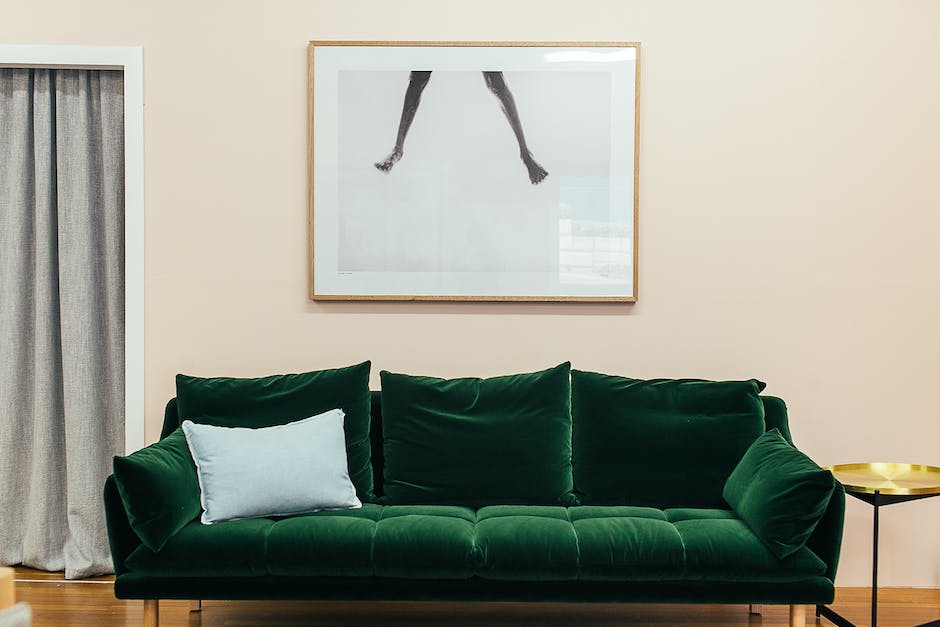
Choosing the Right Furniture
Selection of the Ideal Furniture
Creating a Retro-Scandi living room requires a careful choice of furniture to perfectly balance both design trends. Think about blending the elegance of minimalist, sleek furniture pieces—characteristic of Scandinavian design—with the exuberant colors or patterns that echo the retro era. Keep in mind that above all, your furniture selections should prioritize comfort and longevity.
Integrating furniture elements that strike a middle ground between practicality and unpretentious splendor is a key principle of Scandinavian design. Aim for furniture designs that emphasize clean, uncomplicated lines, for instance, a mid-century modern sofa or a timeless Eames chair. Choose pieces that utilize natural materials like wooden accents, which is markedly Scandi and aligns well with the retro aesthetics as well.
Aesthetic Unity: Merging Two Styles
Bridging the gap between the old and the new can be seen as a challenge; it’s about creating aesthetic unity while maintaining a funky, playful edge. To do this, mix and match pieces from each era with a unified color palette. Stick to neutral tones, especially whites, grays, and muted pastels, to keep the Scandinavian aesthetic. Then, punch it up by adding in vibrant colors and busy designs to reflect the retro style.
Coveted Retro-Scandi Pieces
Filling your space with iconic Retro and Scandinavian pieces will add authenticity to your design. A wood-frame, tufted sofa projects a retro vibe, while a Scandinavian coffee table with a smooth finish and simple lines injects modernism. Another worthy piece is the Wassily Chair, an icon of 20th century design that can blend well in a Retro-Scandi space thanks to its minimalist structure and bold appearance.
Minimalist shelving units, either open or closed, are other hallmark features of Scandinavian design that can be intertwined with the Retro aesthetic. Find units with a retro finish, or add vintage decorations to pull together the two styles.
Must-Have Materials
When it comes to materials, simplicity is the key. Leather and wood are two primary elements in both Retro and Scandinavian styles; in fact, they epitomize their very identity. In a Retro-Scandi living room, you should aim for furniture with wooden frames, preferably lighter shades like birch or pine, and leather upholstery for a vintage feel.
The Essentials of Design
Designing a Retro-Scandi living room requires a balanced approach, seamlessly integrating essential elements from both the retro and Scandinavian design elements. Retro undertones can be brought into the space through distinctive art pieces, vivid throw pillows, and ornamental ceramics or brass. Meanwhile, the simplicity and practicality of Scandi design can be echoed through sleek floor lamps or sophisticated geometric rugs in understated hues.
The most important factor to bear in mind while designing such a space is balance. Merging the bright, bold, and vibrant retro features with the minimalistic and practical facets of Scandinavian design ultimately results in a harmonious blend.
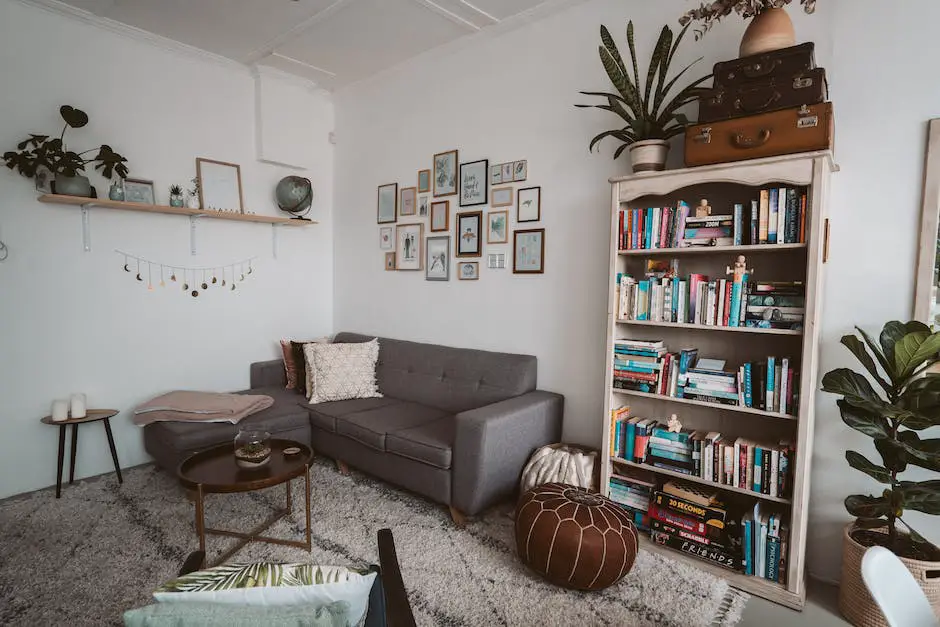
Incorporating Accessories and Finishing Touches
Grasping Retro-Scandi Design
The Retro-Scandi aesthetic is a harmonious coupling of past and present design elements. This blend manifests the evergreen charm of retro design, interlaced with touches of the graceful, comfortable simplicity that defines Scandinavian interior design. Key to this design philosophy is the creation of a functional, highly aesthetic environment that not only visually engages but also invites comfort and relaxation. Accent pieces are carefully selected to embody the defining characteristics of both styles, making them integral parts to the overall design.
A Focus on Furniture
When designing a funky Scandinavian living room, the focus should be on the choice of furniture. Retro pieces such as mid-century chairs, sofas, and coffee tables with Scandinavian elements like minimal detail and clean, neat lines are perfect choices. The Scandinavian style emphasizes the use of natural wood, which can be complemented by splashes of retro colors like browns, oranges, or yellows.
Invest in Wall Art
Scandinavian design promotes a clean, bright environment with ample natural light. However, you can inject a retro touch with wall art. Vintage posters, Mid-century abstract paintings, or classic photographic prints can create an interesting focal point in your living room and add a quirky retro feel to a spacious, airy Scandinavian setting.
Color and Texture
Combining the retro and Scandinavian designs requires a unique blend of textures and a pastel color palette. In this concept, textured rugs in geometric or abstract prints, faux fur throws, and cushions offer the nostalgic warmth of the retro era. The muted shades of teal, mustard, or coral combined with neutral Scandinavian floors and walls, bring forth an inviting, restful ambiance.
Light It Up with Retro Fixtures
Lighting is an important element in Scandinavian design that can be tastefully twined with the retro theme. Opt for lighting fixtures that mimic mid-century style – think globe pendant lamps, arc floor lamps, or geometric chandeliers. These retro finishes will not only illuminate your space but also serve as statement design pieces.
Accessorize Mindfully
A true retro-Scandinavian living room is not complete without well-chosen accessories. This includes an array of items, from planters to mirrors, and from retro radios to vintage trunks. However, be mindful not to clutter as Scandinavian design is all about functionality and minimalism. Remember, the accessories should add character to the room and bind the whole Retro-Scandi theme together.
Adding Greenery
Scandinavian design brings out the beauty of nature indoors. You could incorporate indoor plants and boldly display them in vintage planters for that perfect harmony of Scandinavian freshness and retro charm. This could also be a great way to bring in more of the retro color palette against the otherwise neutral tones of a Scandi room.
In conclusion
A Retro-Scandi living room can perfectly blend the nostalgic warmth and boldness of the mid-century era and the simplicity and minimalism of Scandinavian design. Through mindful inclusion of furniture, wall art, accessories, texture, and color, creating a funky Retro-Scandinavian space can be an exciting design adventure.
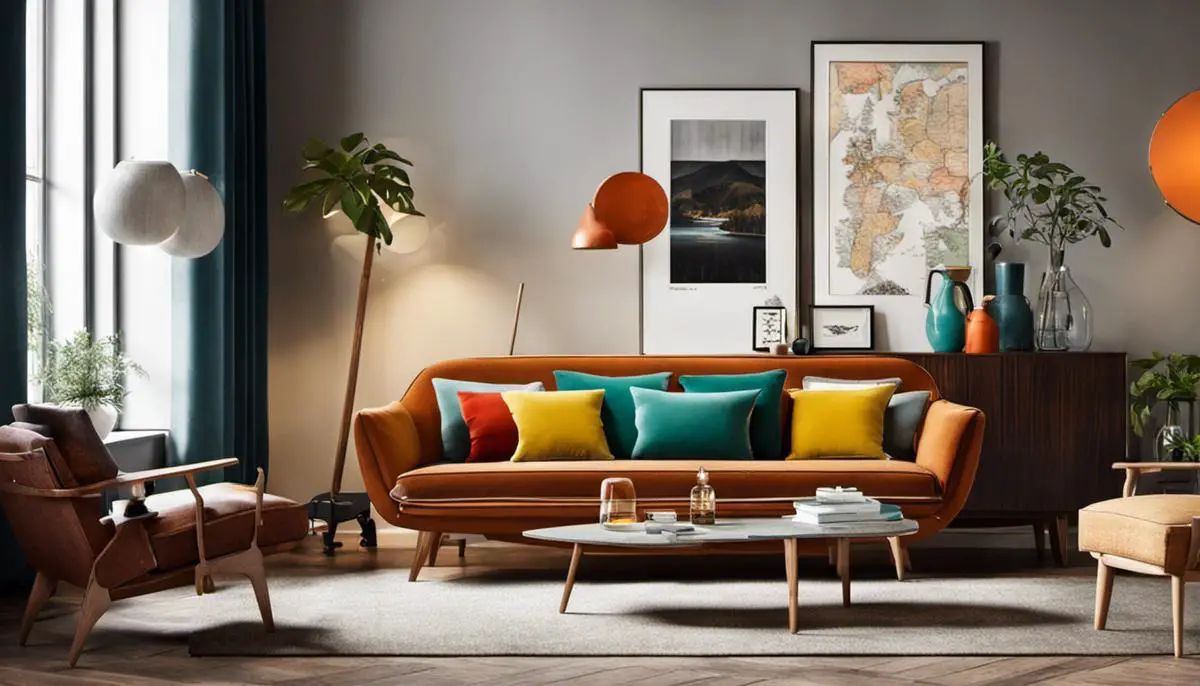
Designing a living room that merges Retro with Scandinavian design is not merely about mixing styles. It’s about creating a cohesive, functional, and visually pleasing space that will make you feel right at home. Understanding these two forms of design, combining them in a harmonious fashion, selecting the right pieces of furniture, and adding that final personal touch through well-chosen accessories is essential. So, take this knowledge as your blueprint in creating a living room that’s not only modern and cozy but also uniquely you – a funky fusion of Retro and Scandi that’s undeniably stylish and comfort-driven.

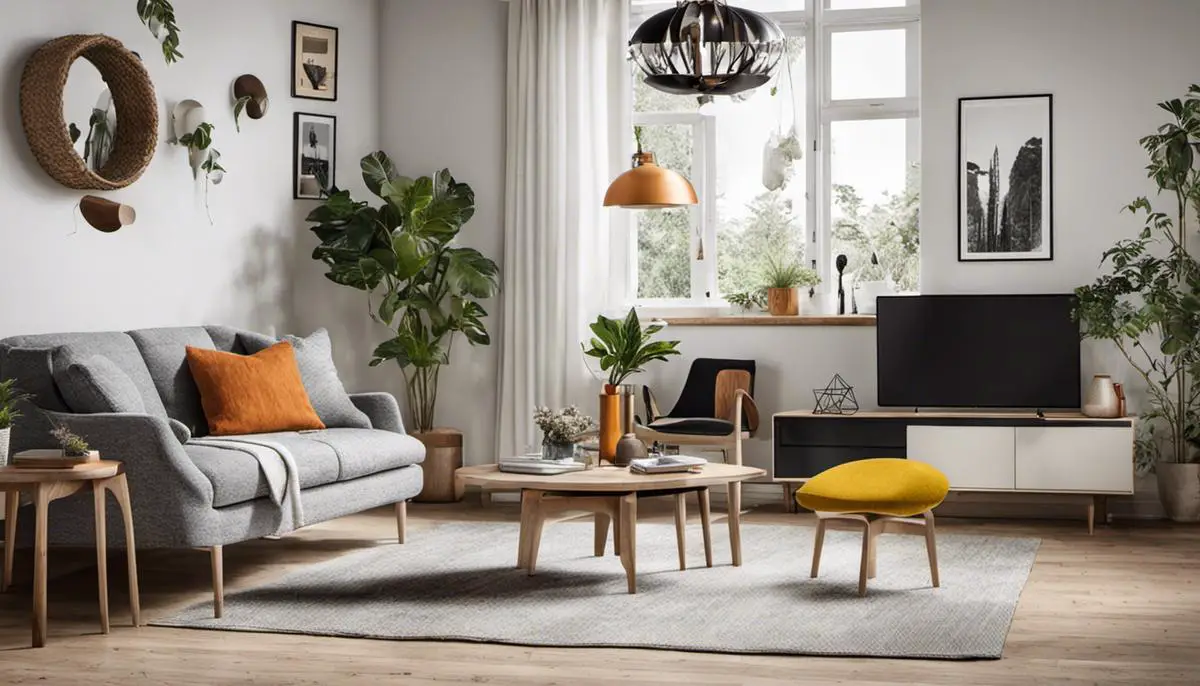
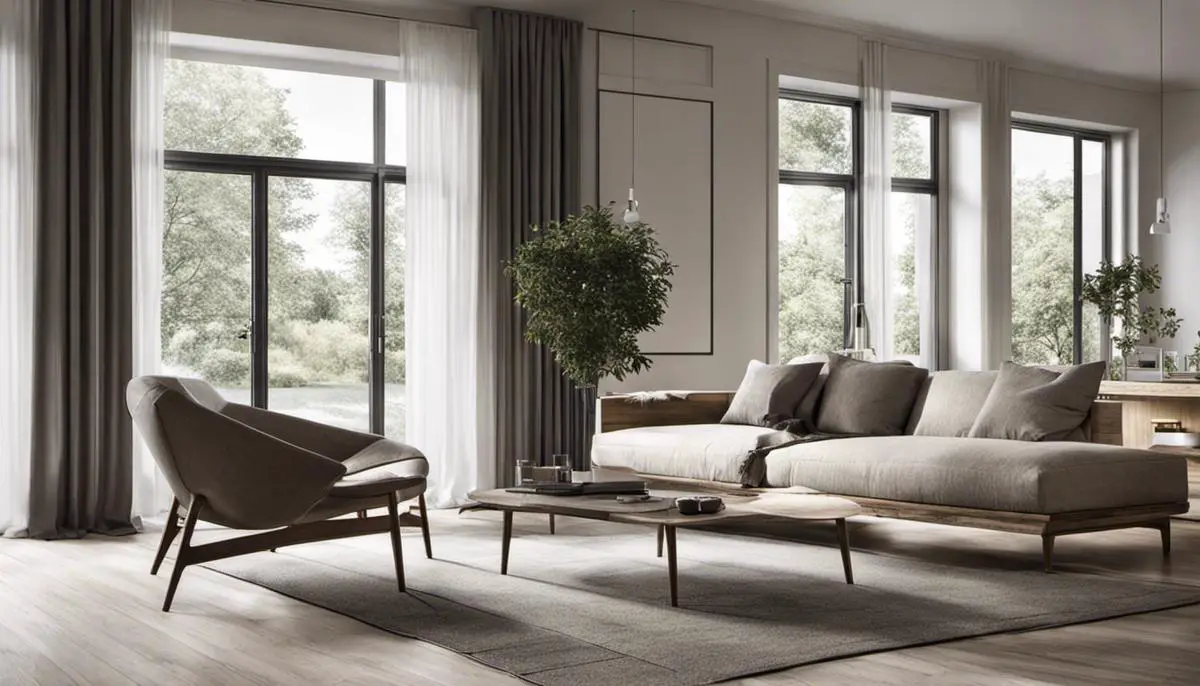
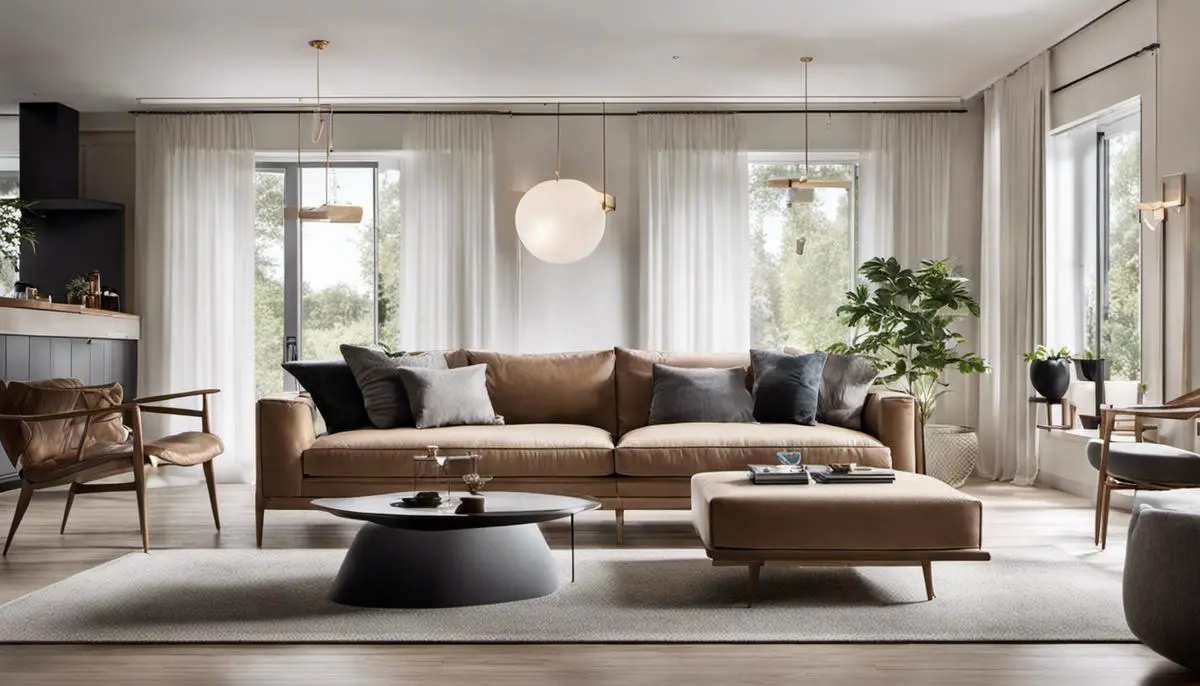
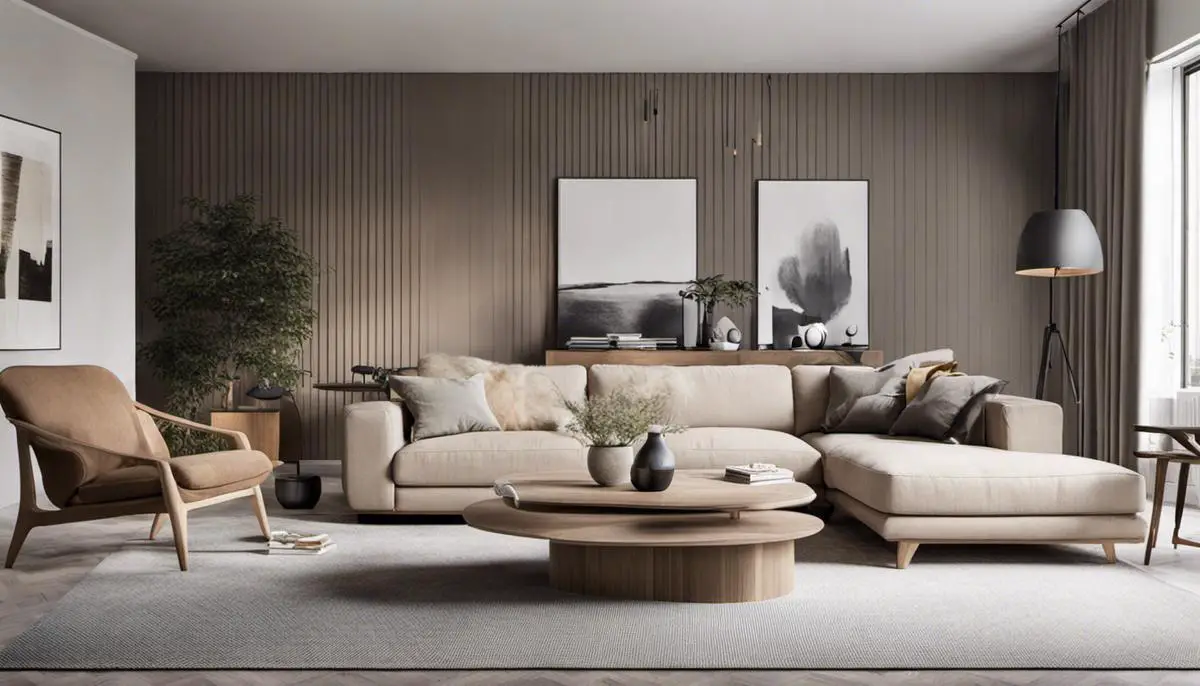
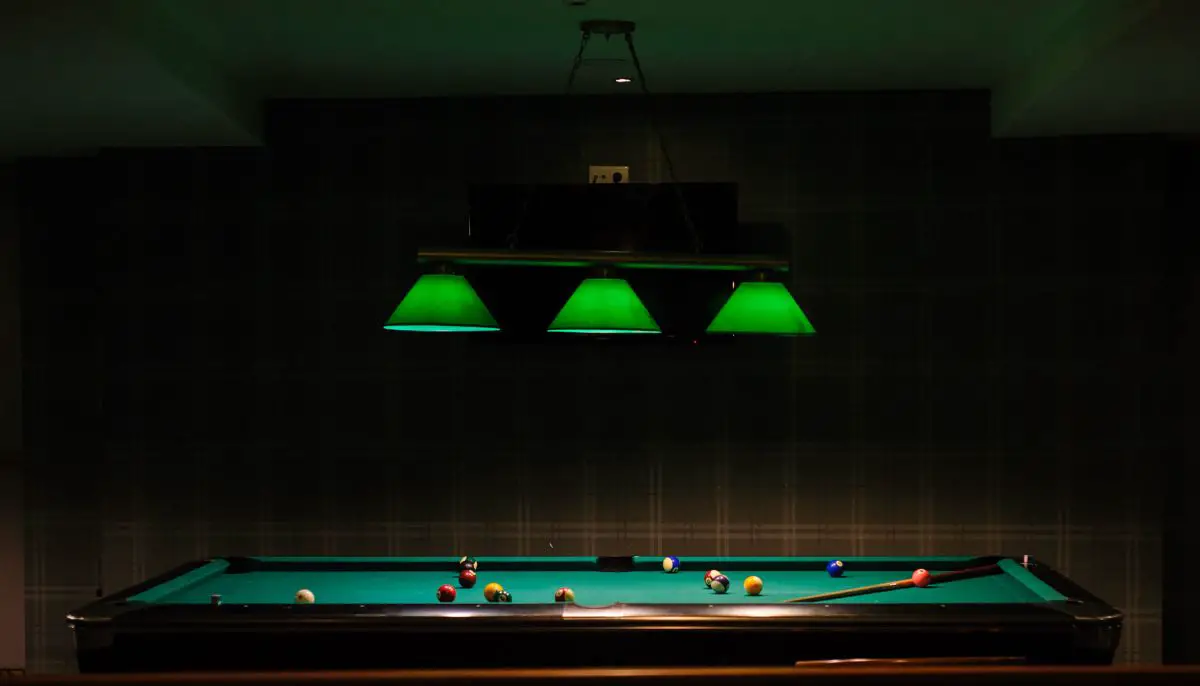
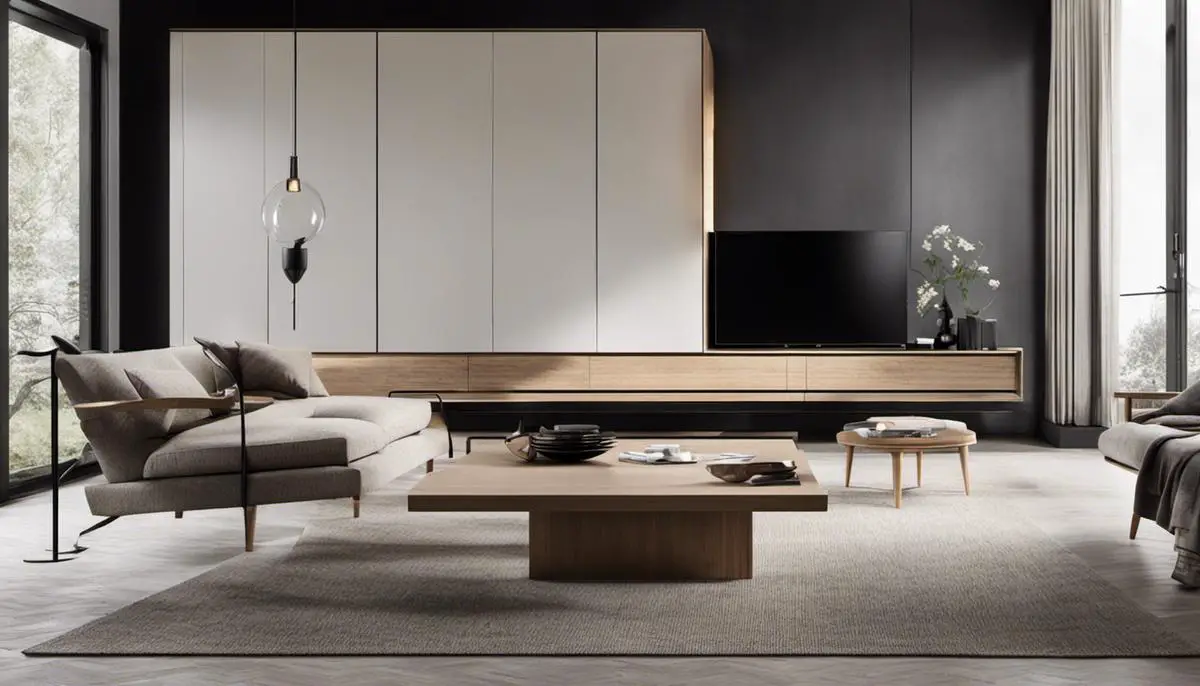
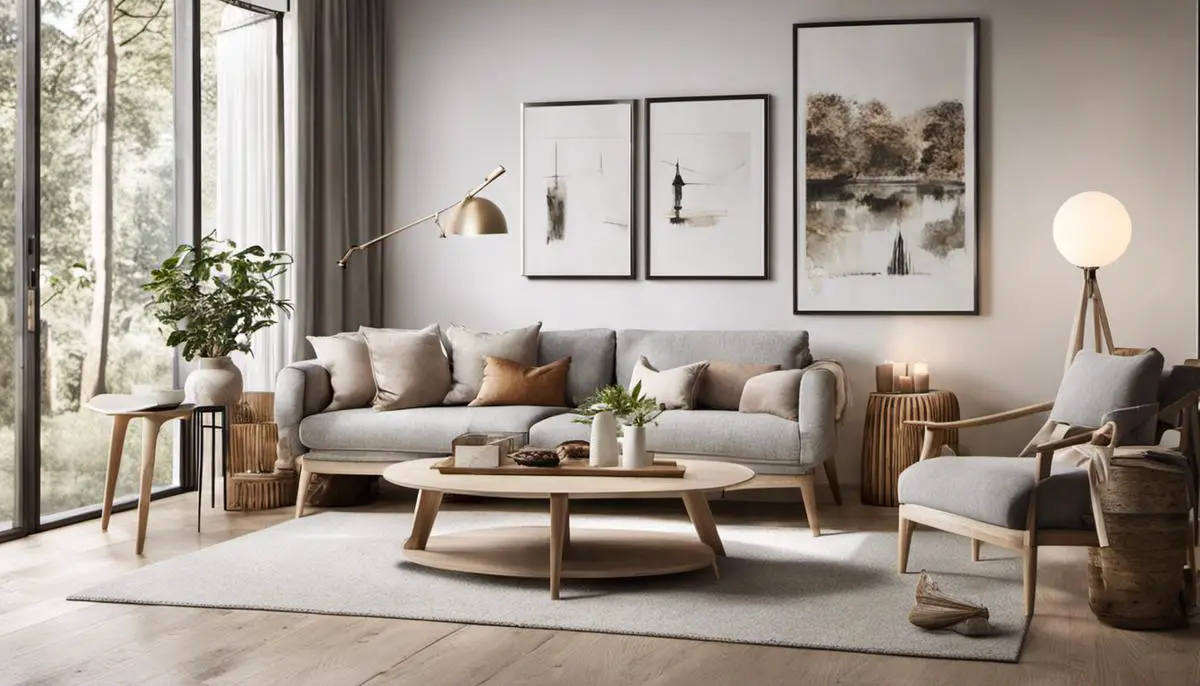

Leave a Reply